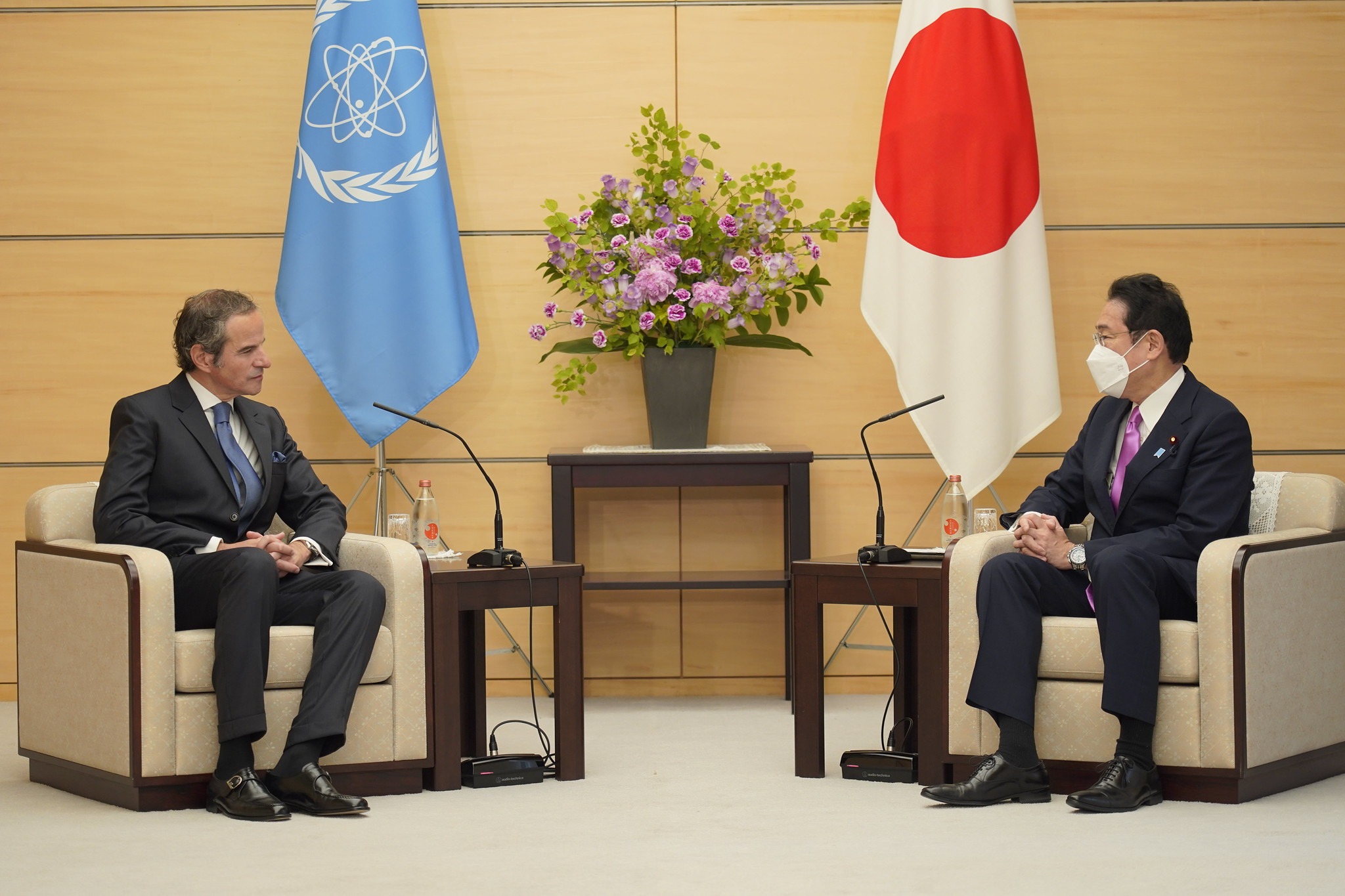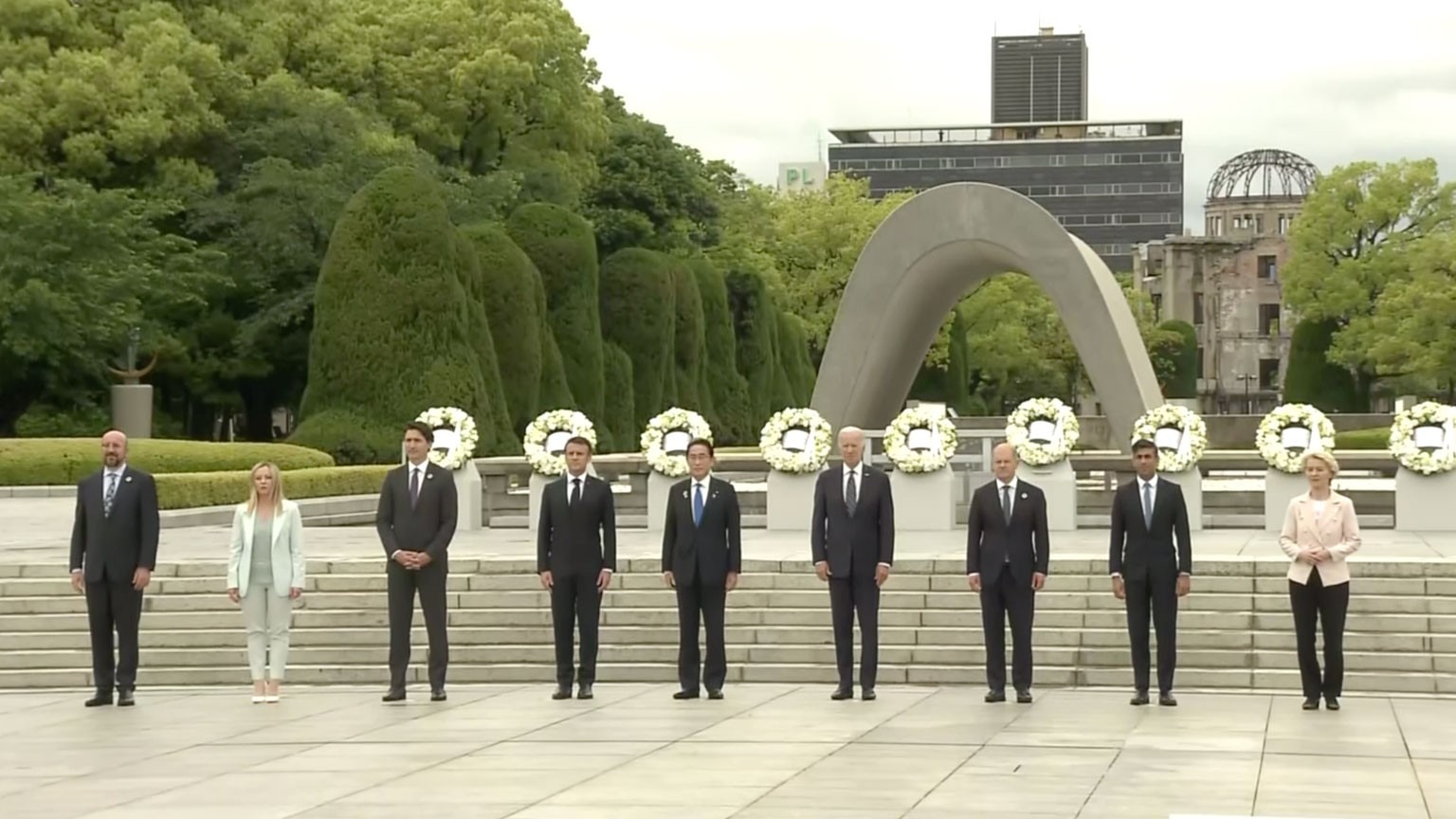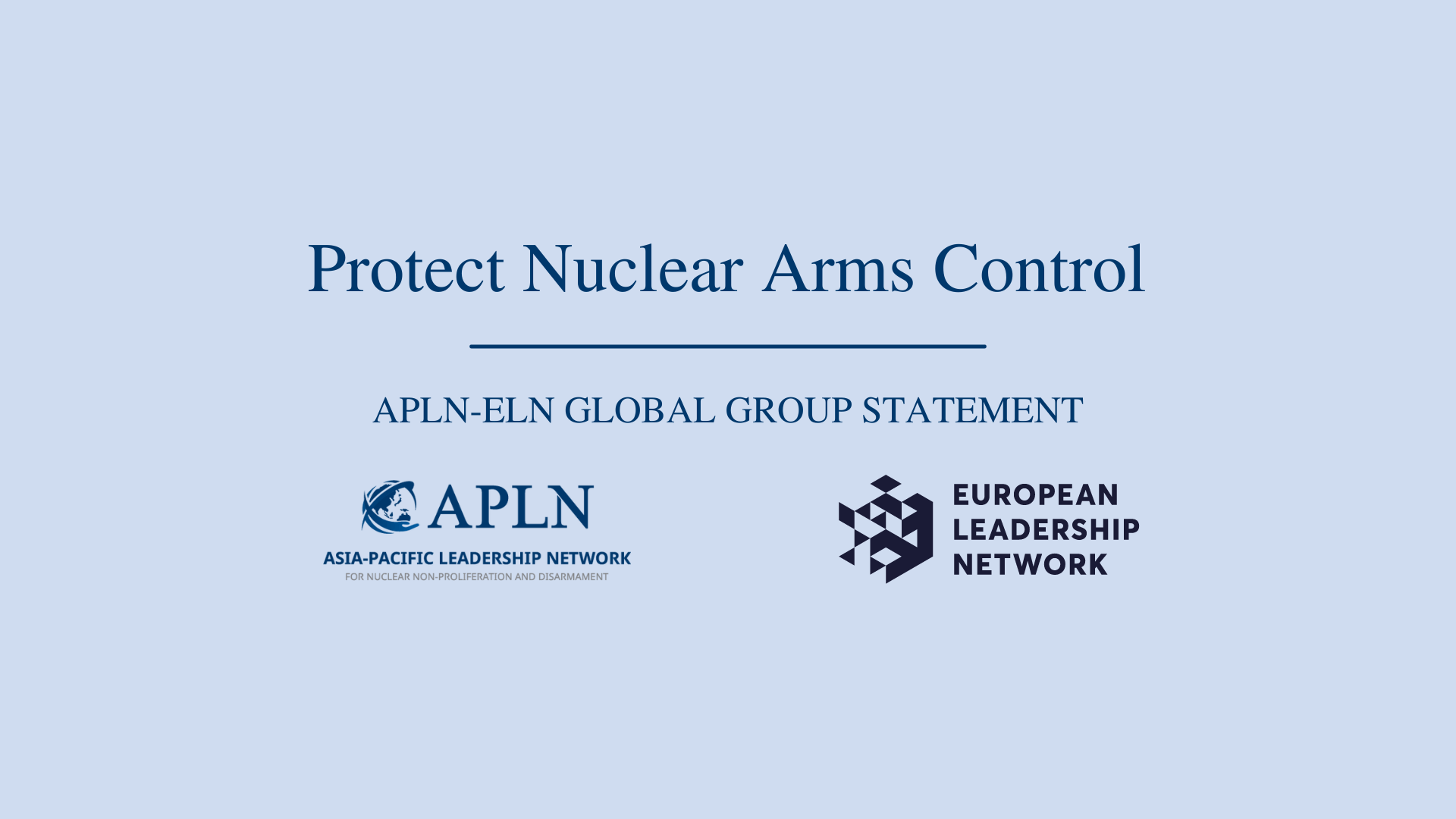Why is Kishida’s Nuclear Disarmament Policy Out of Focus?
Prime Minister of Japan Fumio Kishida published a book entitled Toward Nuclear- Weapon-Free World: A Courageous Will of a Peaceful Nation (Nikkei BP) in October 2022 just in time for the election for the President of the Liberal Democratic Party, Japan. In his policy speeches after taking office as Prime Minister, he repeatedly spoke on efforts toward abolition of nuclear weapons “in order to move even one step closer to the world free of nuclear weapons” (December 2021), or “to take advantage of the opportunity of G7 Summit to be held in Hiroshima” (January 2023).
As a result of the invention of the man-made release of nuclear energy, a monumental scientific achievement in the 20th century, nuclear weapons were created and used to attack two Japanese cities, Hiroshima and Nagasaki, in the Second World War, resulting in instantaneous massive civilian deaths and life-long radioactive suffering. Japanese citizens and their government, who underwent firsthand experiences that should remain in the memory of human history, have the obligation to strive toward the ban and total abolition of nuclear weapons.
Nevertheless, I have long been unable to find any determined will in this respect in speeches and behaviors of the Japanese government. In this situation, the presence of Mr. Kishida, who has repeatedly identified himself as “elected from Hiroshima” to characterise his political position and stated the need for efforts toward a nuclear-weapon-free world, first as Minister of Foreign Affairs and now as Prime Minister, deserves special attention with optimistic expectations.
But I cannot help wondering what, in fact, he is, for I have been perplexed and even irritated many times by his inconsistency in words and deeds, which challenge my understanding. It seems quite natural to me that Kishida’s plan to invite the G7 Summit to Hiroshima provoked criticism against him among citizens that it was a “bad use of Hiroshima brand for the sake of his political performance.” Regretfully, this criticism was enhanced by the fact that the Summit ended up with an unimpressive outcome document “G7 Leaders’ Hiroshima Vision on Nuclear Disarmament”.
The Prime Minister must reflect deeply upon his field of vision – the context in which his words and deeds on nuclear disarmament have taken place – to contribute effectively to advancing the efforts to create a nuclear-weapons-free world.
A recent well-known episode about Prime Minister Kishida may offer a clue in this respect. I am referring to a Hiroshima-Shrine tourist souvenir, “Hissho Shamoji,” a big wooden spoon with a slogan “Sure Victory” printed in Chinese characters which Kishida brought with him when he secretly visited Ukraine and presented it to President Zelensky. Considering the extremely difficult and severe situation of the war in Ukraine, with no apparent end in sight, and in which countless people are being killed, the flippant message of the spoon was completely inappropriate and trivial. Kishida’s out-of-focus vision is all the more serious, considering the fact that his visit to Ukraine was made with the Hiroshima G7 Summit in mind. To him, Hiroshima is not the atomic-bombed “Hiroshima of the World”, a place for prayer for peace, but just a “Hiroshima of his Constituency”.
I similarly noticed Kishida’s faulty vision when I read his book. The author says that a “nuclear-weapon-free world” is an ideal, but many obstacles exist in the real world. So, he continues saying that “he wants to discuss in a straightforward manner [in this book] about many difficult problems that the present world faces, in other words, about ‘Inconvenient Truths’ that we cannot evade to achieve the abolition of nuclear weapons.” However, he uses the phrase ‘Inconvenient Truth’ in a misplaced context.
The phrase ‘Inconvenient Truth’ has become well-known since the former US Vice President Al Gore first used it. The term is an expression of warning based on the factual evidence that our daily life in which we enjoy wealth and convenience threaten our own future because it causes global warming. The phrase ‘Inconvenient Truth’ means that we should confront climate change squarely even if the attempt brings us inconvenience or hardship. The phrase makes no sense without asking someone to act beyond one’s own narrow vision of self-interest.
What are the ‘Inconvenient Truths’ that Mr. Kishida refers to in his book? For him “the most troublesome inconvenient truth” is nuclear development in the Democratic People’s Republic of Korea (DPRK), and “the second inconvenient truth” is China’s expanding nuclear arsenal. The third point in his argument, while he doesn’t say ‘third’ explicitly, is Russian nuclear policy that emphasises “tactical nuclear weapons” and “the first use” of such weapons. He points out that these truths define the nuclear strategy of the United States, on which Japan relies. But these are by no means ‘Inconvenient Truths’. These “truths” are nothing but the same old conventional reference to “evildoers” that serves the Prime Minister’s convenient political viewpoint.
Mr. Kishida must have encountered ‘Inconvenient Truths’ again and again in relation to the dilemma between ‘severe security environment’ and ‘nuclear abolition’ that he has often mentioned.
He himself participated as Foreign Minister of Japan in the 9th NPT Review Conference that started at United Nations Headquarters on 27 April 2015, and he made a speech expressing his determination to increase efforts towards a nuclear-weapon-free world. But on the same day, Mr. Kishida attended the Japan-US Security Consultative Committee (2+2) in New York, where he announced the New Guidelines for Japan-US Defense Cooperation. These guidelines included Japan’s right to exercise collective self-defense that used to be banned under the Peace Constitution and which was to be discussed in relation to new legislation at the following Diet session. The legislation was eventually forced through by the governing parties in September that year. The new joint-defense guidelines have rapidly made the Peace Constitution a dead letter, and surely has raised concerns about the revival of Japan’s militarism and caused the deterioration of the security environment in Asia.
Last year, Prime Minister Kishida again participated in the 10th NPT Review Conference that took place amidst the challenging situation of Russian aggression against Ukraine. There, he made a speech on the Hiroshima Action Plan for nuclear disarmament. However, at home, he announced a new security policy to acquire military capabilities that could attack bases located on enemy territory, something that used to be banned by the Peace Constitution, and to double Japan’s defense expenditure in five years in terms of its GDP ratio. This message behind the enormous military expansion of Japan has weakened the security environment in Asia and undermines efforts towards nuclear abolition. Yet, Mr. Kishida has shown no hesitation about promoting the Hiroshima Action Plan at the G7 Hiroshima Summit.
His words and deeds are highly inconsistent. In such circumstances, real “Inconvenient Truths” for nuclear abolition will not enter his field of vision.
I agree with Mr. Kishida’s emphasis on realism. Realism should not stop at simply pointing out the real-world obstacles in the way of nuclear disarmament but should go forward by presenting innovative possible approaches to overcome them. For example, in Asia, he could take advantage of an improved trilateral relationship among Japan, the Republic of Korea (ROK) and the United States not for containing China or the DPRK, but for advancing a common security agenda in Northeast Asia. More concretely, he can propose and put on the table a ten-year plan of establishing a Northeast Asia Nuclear-Weapon-Free Zone. It has already been proposed by academics and NGO researchers including from Japan, the ROK and the United States. Also, he should try to revitalise the international agenda for a Fissile Material Cut-off Treaty (FMCT) based upon his Hiroshima Action Plan, through convening a FMCT Friends Meeting in coming September. Here again, he needs to work hard to develop an innovative approach in order to overcome the obstacle that we have already been aware of for decades: how to handle the existing stockpile of fissile materials that can be used for nuclear weapons, including those from dismantled nuclear warheads in advanced nuclear weapon states. Such would be the actions of a realist.
About the Author
Umebayashi Hiromichi is a Visiting Professor and former Director of the Research Center for Nuclear Weapons Abolition at the Nagasaki University (RECNA). He is also Special Advisor, former President and Founder of Peace Depot Inc., Japan. He is a Ph.D. holder in the field of Applied Physics from Tokyo University. After resigning from teaching in university in 1980, he became a fulltime campaigner and researcher for peace, disarmament, and human rights issues. In April 2012, when RECNA was established, he became its inaugural Director. He now serves as the East Asian Coordinator of PNND (Parliamentarians for Nuclear Non-proliferation and Disarmament). He is also the Chief-editor of the 2015 RECNA Report “Proposal: A Comprehensive Approach to a Northeast Asia Nuclear Weapon-Free Zone.” Among his recent books are Nuclear Weapon-Free Zones (2012) from Iwanami Shoten, Japan and its updated Korean version (2014) from Booksea Publishing Co., ROK, North Korea’s Nuclear Weapons (2021) from Kobunken, Japan and U.S. Forces Japan (2022) from Iwanami Shoten.
The article has been updated from the original published in Japanese on 1 April 2023.
Image: Rafael Mariano Grossi, IAEA Director General, met with Kishida Fumio, Prime Minister of Japan during his official visit to Tokyo, Japan on 20 May 2022 (Katy Laffan/IAEA).



